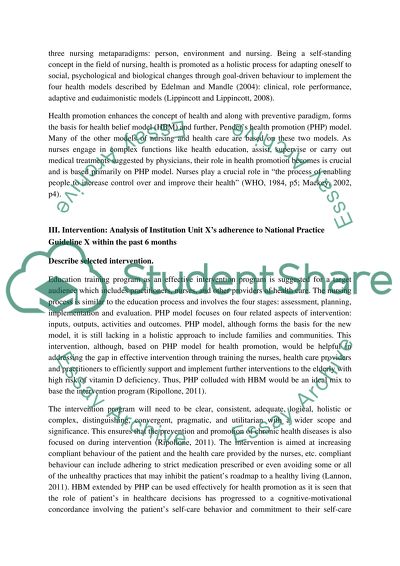Cite this document
(“Vtiamin D Deficiency Developing, Implementing and Evaluating a Research Paper”, n.d.)
Vtiamin D Deficiency Developing, Implementing and Evaluating a Research Paper. Retrieved from https://studentshare.org/nursing/1432491-vtiamin-d-deficiency-developing-implementing-and
Vtiamin D Deficiency Developing, Implementing and Evaluating a Research Paper. Retrieved from https://studentshare.org/nursing/1432491-vtiamin-d-deficiency-developing-implementing-and
(Vtiamin D Deficiency Developing, Implementing and Evaluating a Research Paper)
Vtiamin D Deficiency Developing, Implementing and Evaluating a Research Paper. https://studentshare.org/nursing/1432491-vtiamin-d-deficiency-developing-implementing-and.
Vtiamin D Deficiency Developing, Implementing and Evaluating a Research Paper. https://studentshare.org/nursing/1432491-vtiamin-d-deficiency-developing-implementing-and.
“Vtiamin D Deficiency Developing, Implementing and Evaluating a Research Paper”, n.d. https://studentshare.org/nursing/1432491-vtiamin-d-deficiency-developing-implementing-and.


